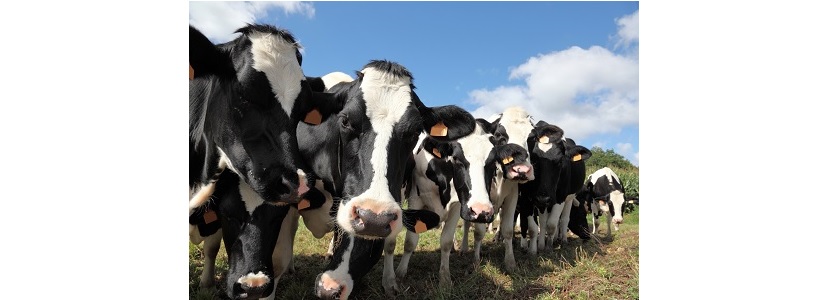 16 May 2022
16 May 2022
Nutritional strategies to decrease the conversion of NEFA into triglycerides that accumulate in the liver of dairy cows
In addition to the nutritional strategies used to decrease the supply of circulating NEFAs available for extraction by the liver, there is the possibility of slowing the rate at which NEFAs are converted into triglycerides in the liver through nutritional additives.
Choline
It is a quasi-vitamin that has a variety of functions in mammalian metabolism. Its most important functions are as:
component of phospholipids located in the membranes of all cells of the body (phosphatidylcholine)
component of the neurotransmitter acetylcholine
as a direct precursor of betaine
The potential application of choline inclusion in transition cows’ nutrition has mainly focused on its role in lipid metabolism. Due to the fact that phosphatidylcholine is necessary for the synthesis and release of VLDL by the liver.
![]() Choline deficiency in rats resulted in a six-fold increase in triglyceride content in the liver (Yao and Vance, 1990).
Choline deficiency in rats resulted in a six-fold increase in triglyceride content in the liver (Yao and Vance, 1990).
Choline formula

![]() Administration of choline in a protected form in the rumen of dairy cows in transition tended to decrease the rate of accumulation of esterified products in liver cuts in vitro (Piepenbrink and Overton, 2003c). This implies that VLDL export is also sensitive to choline supply in dairy cows.
Administration of choline in a protected form in the rumen of dairy cows in transition tended to decrease the rate of accumulation of esterified products in liver cuts in vitro (Piepenbrink and Overton, 2003c). This implies that VLDL export is also sensitive to choline supply in dairy cows.
Milk and fat-corrected milk yields have generally increased in response to feeding protected choline in the rumen during the transition period. Suggesting that metabolic changes in hepatic fatty acid metabolism translated into an improved performance during early lactation.

Methionine and Lysine
The two most limiting AAs for milk and milk protein synthesis are often considered (NRC, 2001). [register] These AAs also have potential roles in:
![]() Speculation about the potential role of Met in bovine ketosis has existed for more than 30 years (McCarthy et al. , 1968; Waterman and Schultz, 1972). Researchers who have sought to increase met’s supply as a protected Met (Socha et al., 1994; Overton et al., 1996) or its analogue (2-hydroxy-4- (methylthio)-butanoicacid) (Piepenbrink et al., 2004) beginning before birth and continuing until early lactation, reported an increase in milk production during early lactation.
Speculation about the potential role of Met in bovine ketosis has existed for more than 30 years (McCarthy et al. , 1968; Waterman and Schultz, 1972). Researchers who have sought to increase met’s supply as a protected Met (Socha et al., 1994; Overton et al., 1996) or its analogue (2-hydroxy-4- (methylthio)-butanoicacid) (Piepenbrink et al., 2004) beginning before birth and continuing until early lactation, reported an increase in milk production during early lactation.
Linolenic acid
Linolenic acid is a precursor to docosahexaenoic and eicosapentaenoic acids; together, these fatty acids may have important functions for the secretion of apolipoprotein B100 and also for VLDL particles.
Short-term cultures of cow liver cuts immediately after calving revealed a lower fatty acid esterification capacity when incubated with a mixture of linoleic and linolenic acids (Piepenbrink and Overton, 2003a).

Restricted feeding during the dry period
Despite the widely accepted concept that increased dry matter intake (DMI) during the prepartum period is a an indicator of an increase in dry matter consumption during the postpartum period and of the overall success of cows in transition; several researchers have studied the possibility of restricting energy intake of dairy cows during prepartum in order to adapt metabolism to a negative energy balance.

Cows fed restricted balanced diets below calculated energy requirements (usually about 80% of requirements) did not decrease their voluntary DMI during the days leading up to calving and increased postpartum DMI and milk production as cows who consumed the same ad libitum diets (Douglas et al. , 1998; Holcomb et al. , 2001; Agenas et al. , 2003).
Mashekand Grummer (2003) proposed that although postpartum DMI and milk production appeared to have a stronger correlation with total DMI from day 21 prepartum to day 1 prepartum, the change in DMI had a stronger correlation with metabolic rates such as plasma concentrations of postpartum NEFA and accumulation of triglycerides in the liver.
![]() The metabolic events supporting these relationships are still unknown. It is possible that tissue-specific responses to endocrine signals may be affected by the nutritional plane during the prepartum period, given that usually, overall hormone concentrations are only modestly affected by dietary treatment during this time period.
The metabolic events supporting these relationships are still unknown. It is possible that tissue-specific responses to endocrine signals may be affected by the nutritional plane during the prepartum period, given that usually, overall hormone concentrations are only modestly affected by dietary treatment during this time period.

Conclusions
Overall, research supports two-group nutritional management schemes in dry cows for minimizing overfeeding during the early dry period and increasing energy supply during the late prepartum period.
Although more studies are required, recent evidence suggests that transition cows’ metabolism and performance are more sensible to the total energy supplied by carbohydrates than to that carbohydrate’s form (i.e., starch versus highly digestible FDN).
Decreasing the release of NEFA from adipose tissue by feeding additional dietary fat sources or CLA trans-10, cis-12 has not resulted in improved metabolism or consistently improved performance. Despite the existing dogma stating that there is little potential to nutritionally affect hepatic metabolism of NEFAs extracted from circulation, recent evidence suggests that nutrients such as choline and essential fatty acids may increase hepatic export rates of NEFA as triglycerides in VLDL.♦
[/register]
Subscribe now to the technical magazine of animal nutrition
AUTHORS
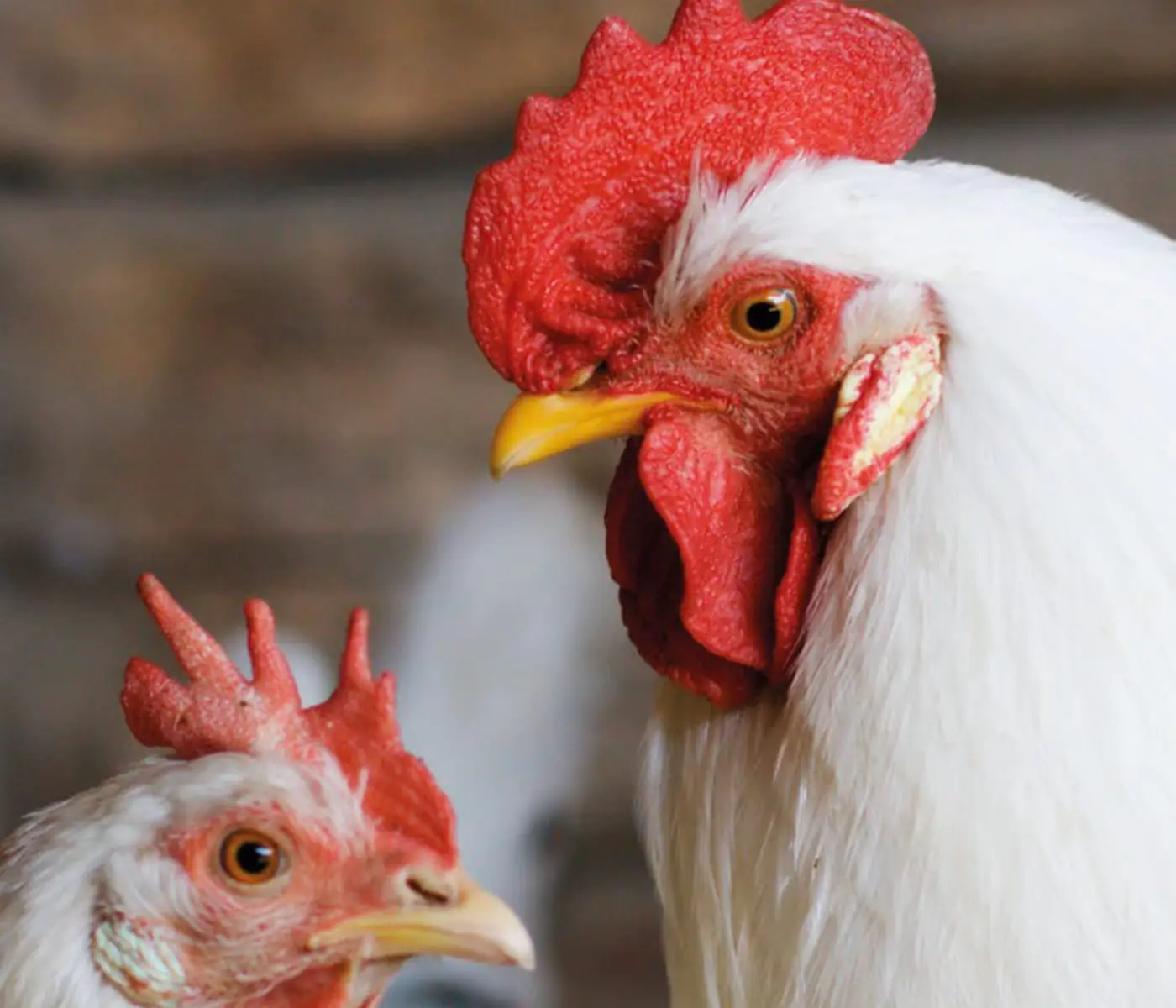
Nutritional Interventions to Improve Fertility in Male Broiler Breeders
Edgar Oviedo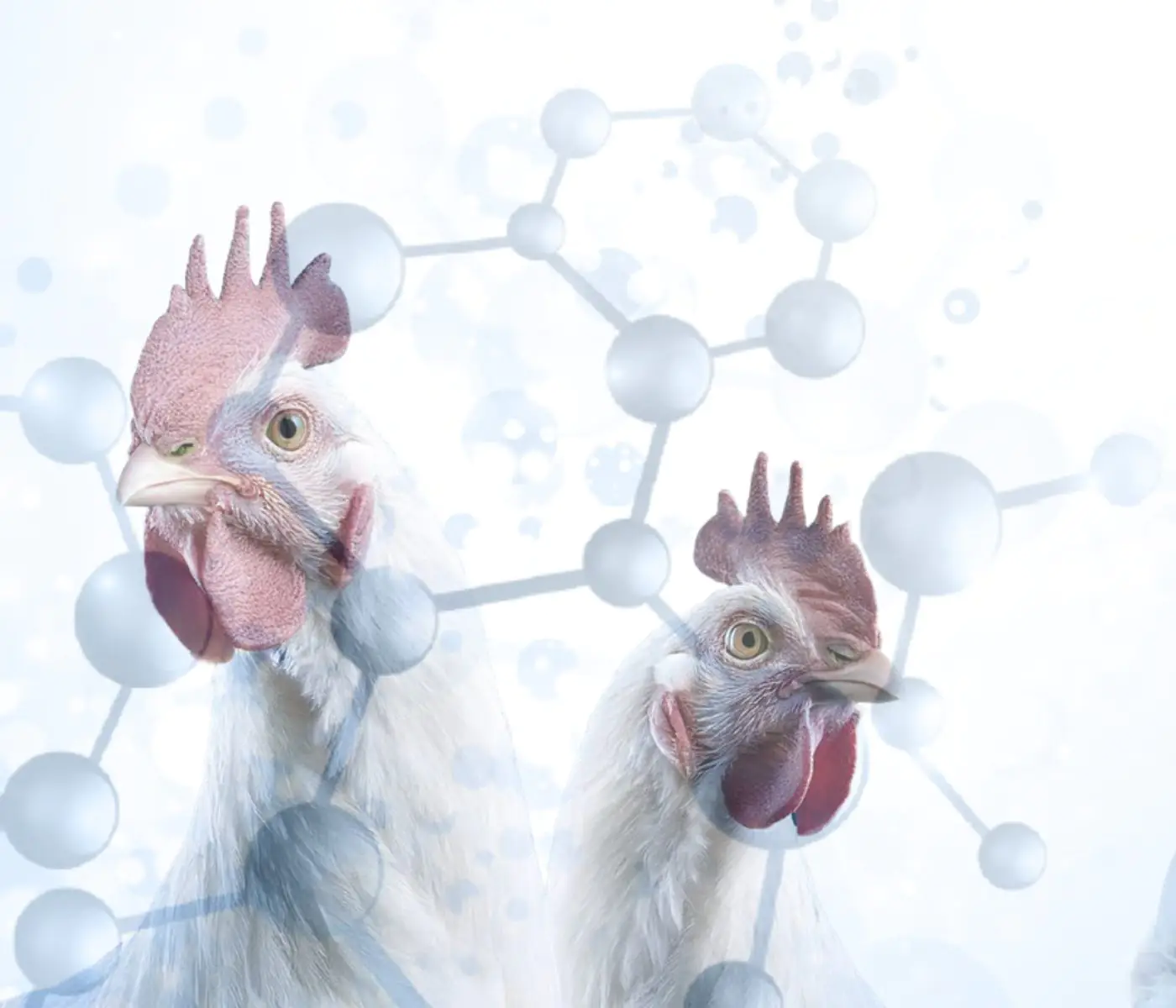
The Use of Organic Acids in Poultry: A Natural Path to Health and Productivity
M. Naeem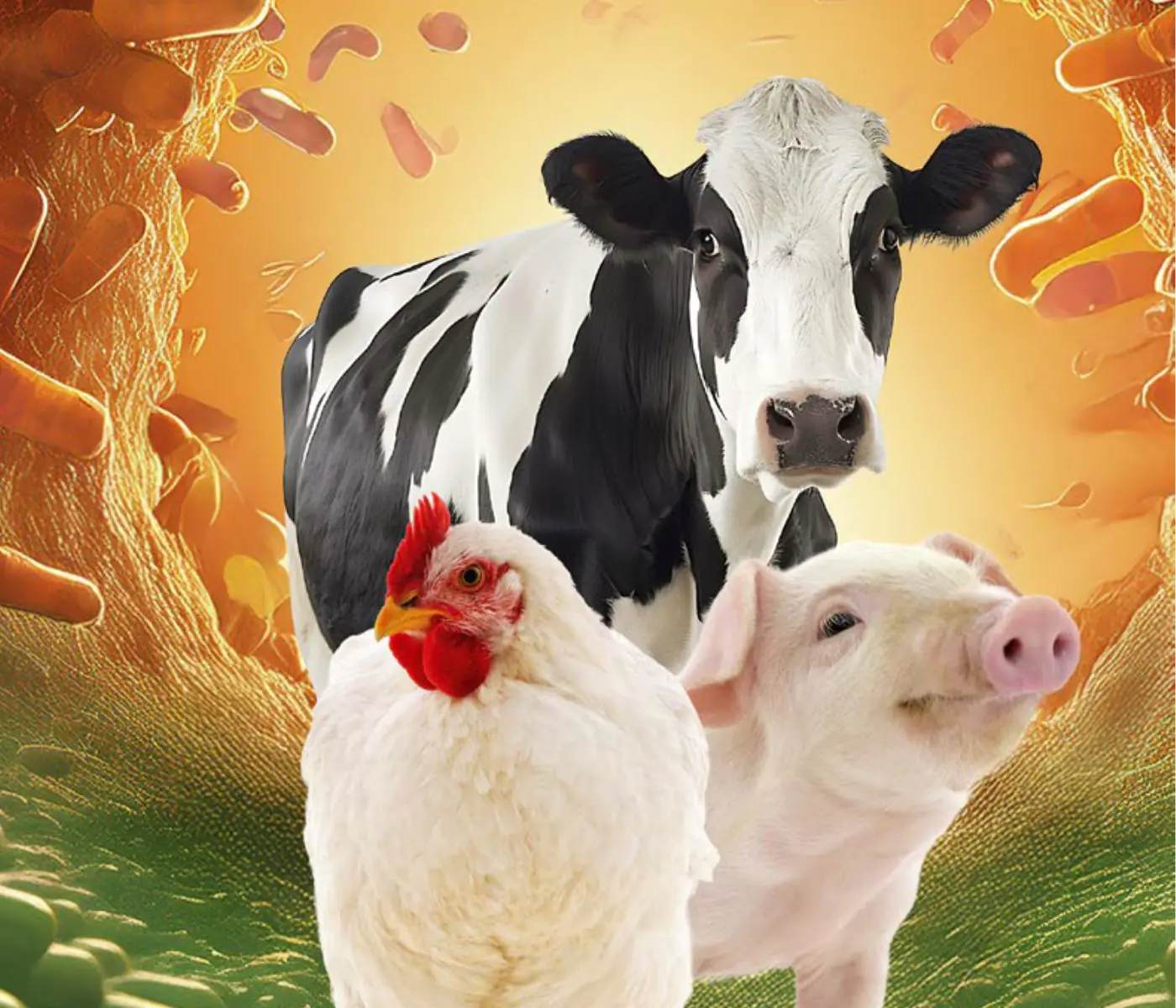
Synergistic Benefits of Prebiotics and Probiotics in Poultry, Swine, and Cattle
Gustavo Adolfo Quintana-Ospina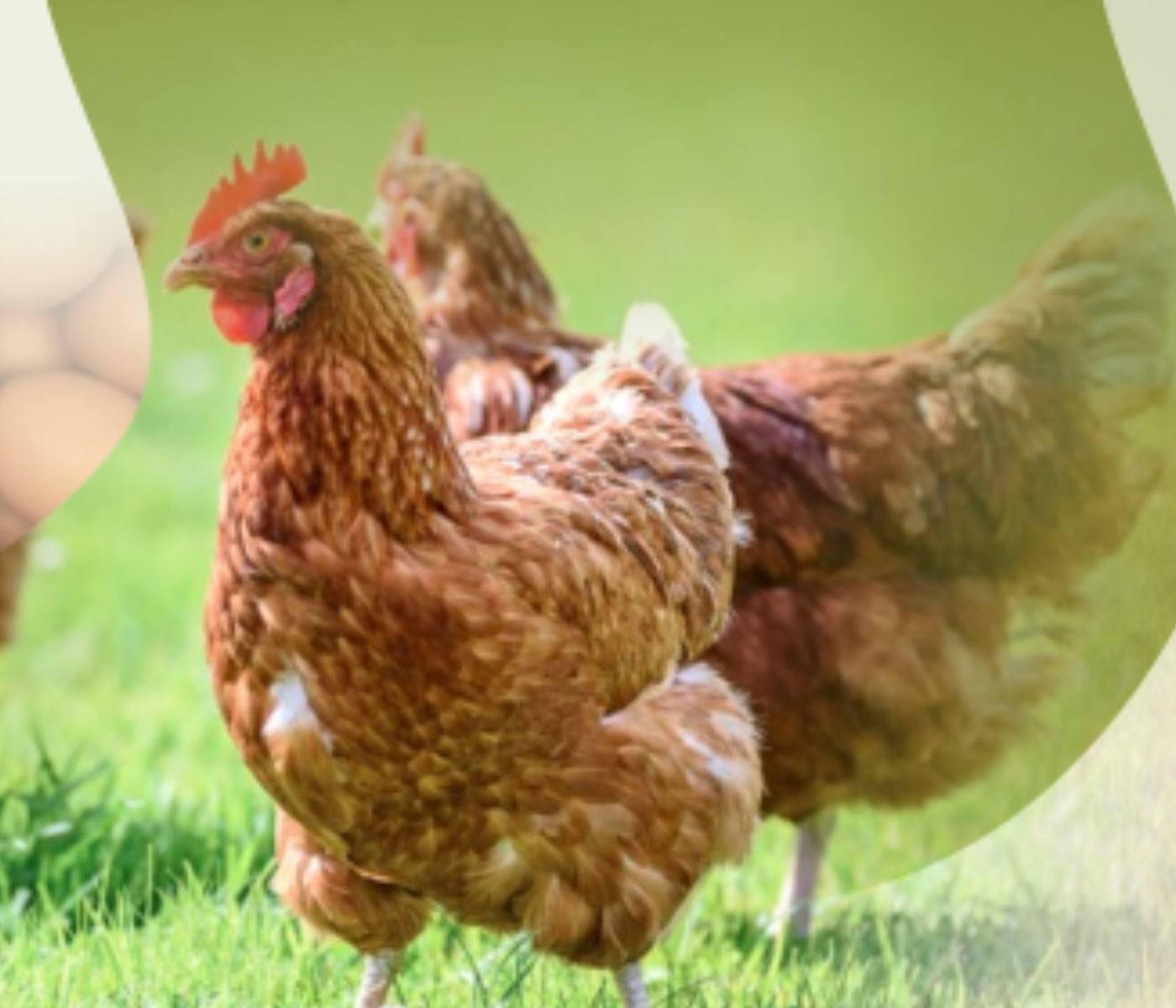
Hybrid Rye Potential in Laying Hen Feed Rations
Gwendolyn Jones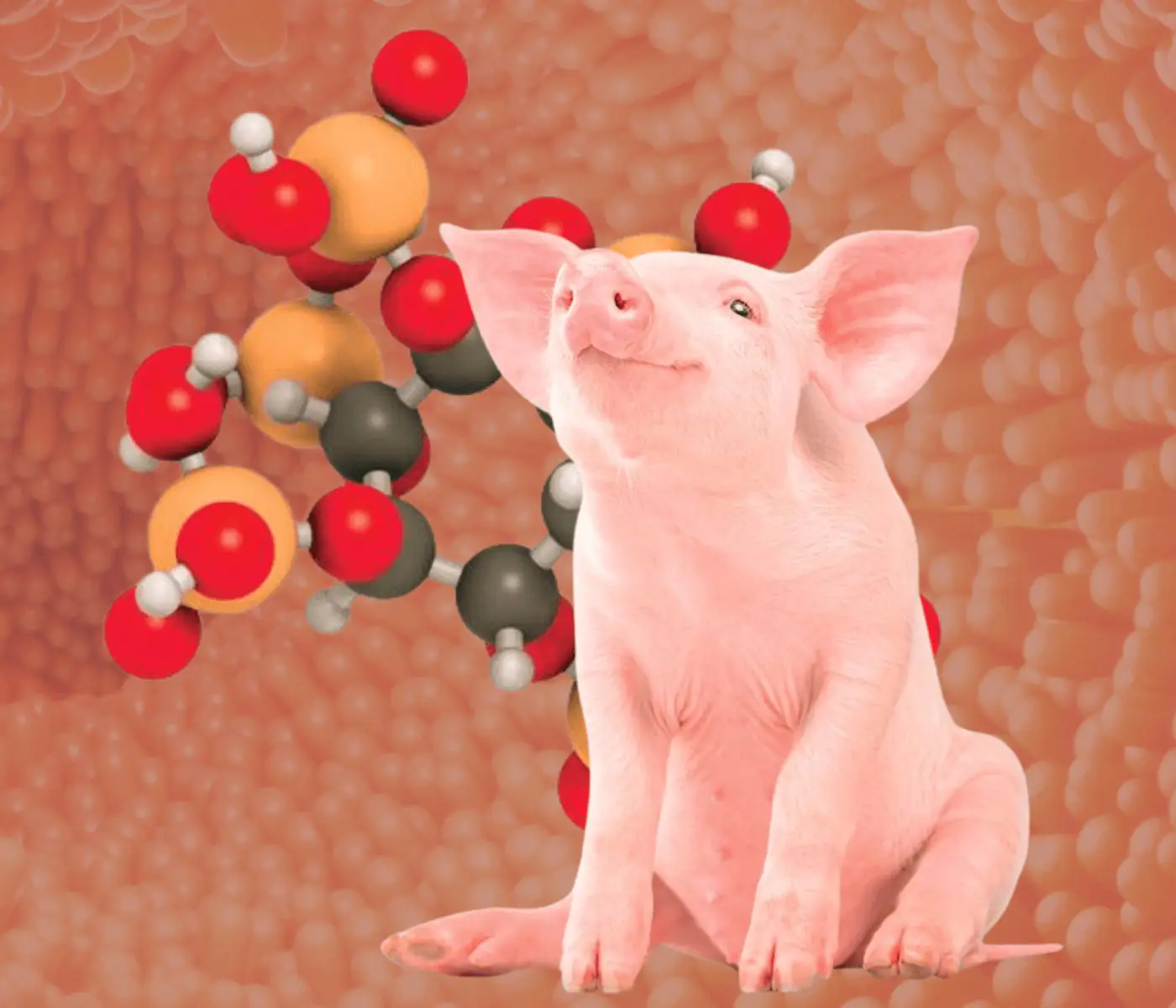
A day in the life of phosphorus in pigs: Part I
Rafael Duran Giménez-Rico
Use of enzymes in diets for ruminants
Braulio de la Calle Campos
Minerals and Hoof Health in the Pregnant Sow
Juan Gabriel Espino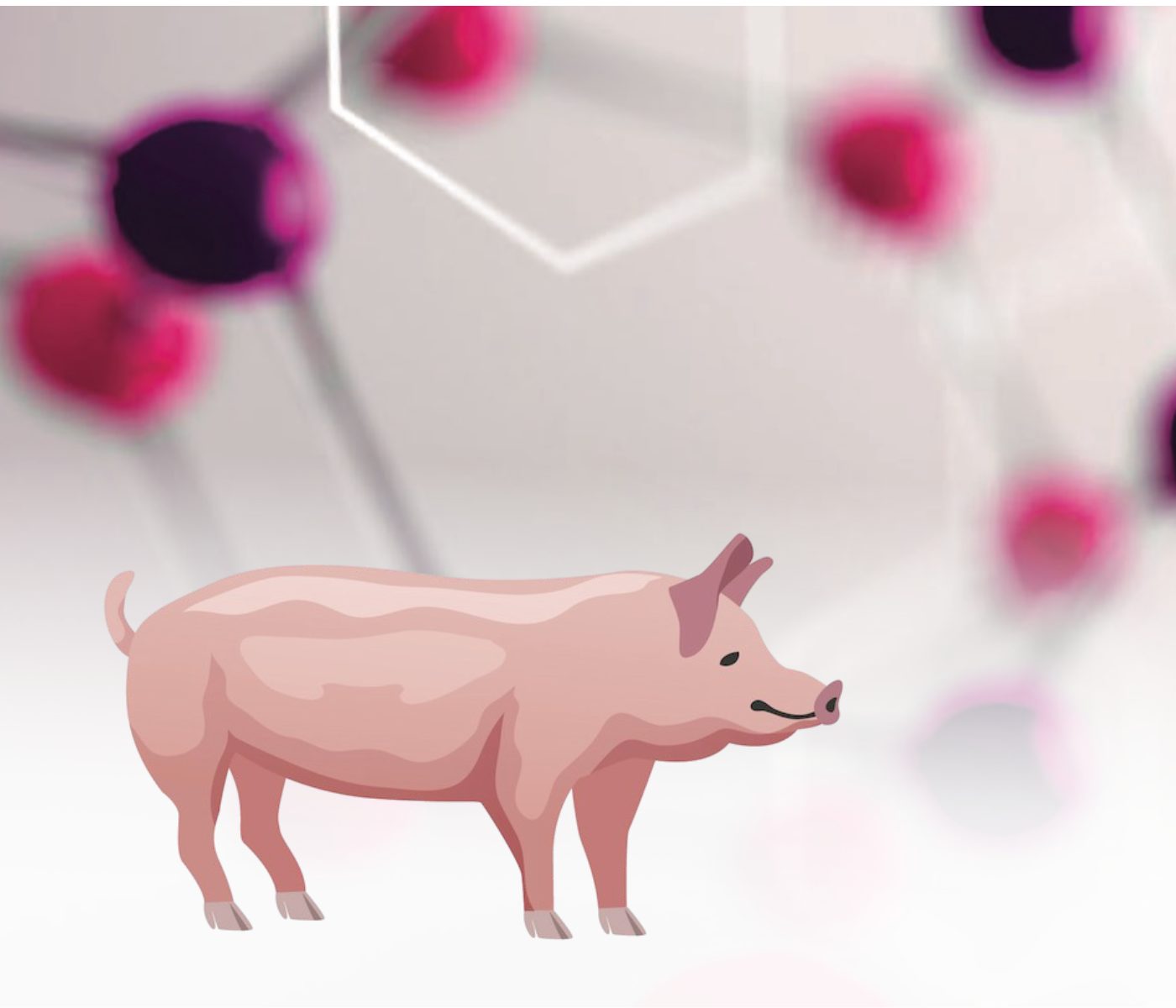
Impact of Oxidized Fats on Swine Reproduction and Offspring
Maria Alejandra Perez Alvarado